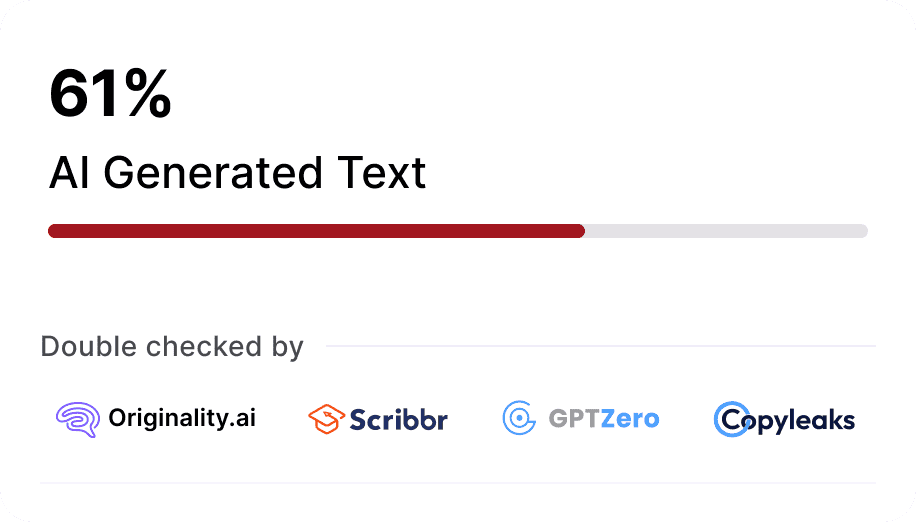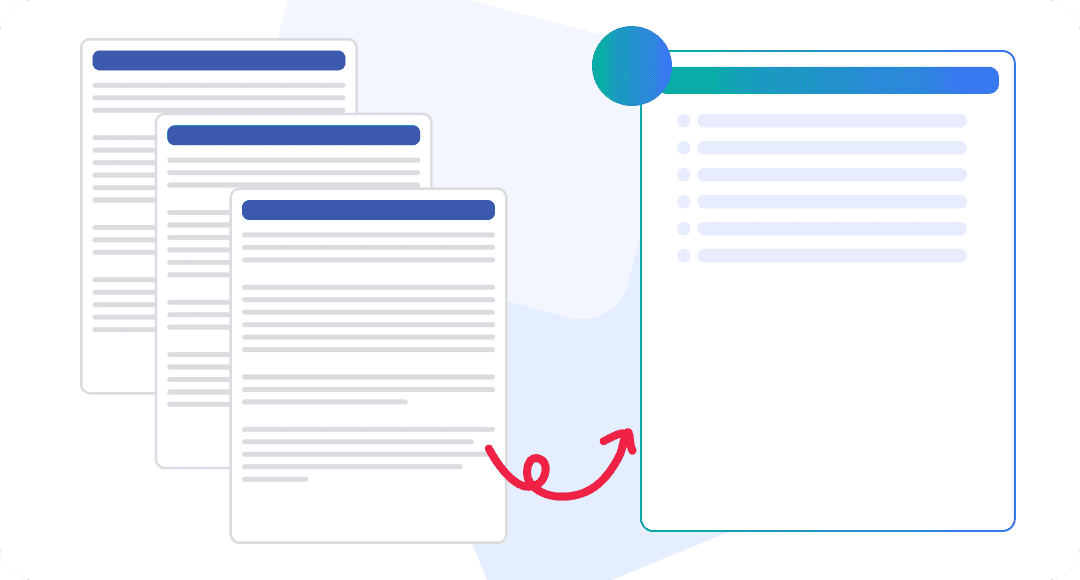
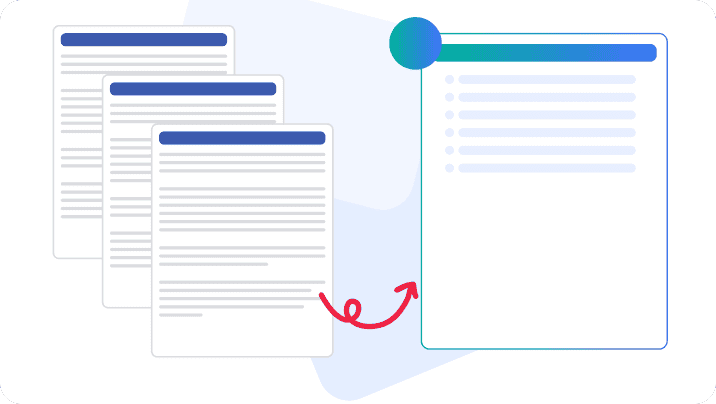
Efficient Code Checking
Check code for AI generation to improve the effectiveness, identifying potential bugs, vulnerabilities, or performance issues. The advanced algorithms can quickly scan through extensive codebases, detect AI generated code, and help you fix it, saving time and effort for developers.
Accurate Plagiarism Detection
AI checker for code detects plagiarism by employing sophisticated pattern recognition and comparison techniques. It can identify similarities in code structures, even if slightly modified or obfuscated. This level of accuracy provides confidence in the integrity and originality of the code.
The AI system reduces errors and identifies copied code, giving peace of mind to developers, educators, and project managers.
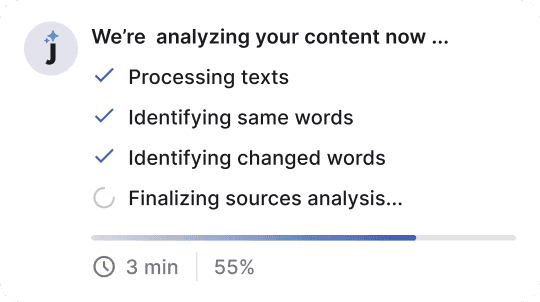
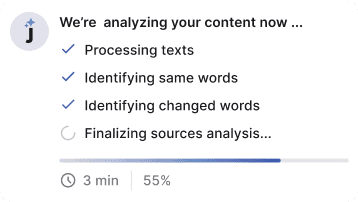
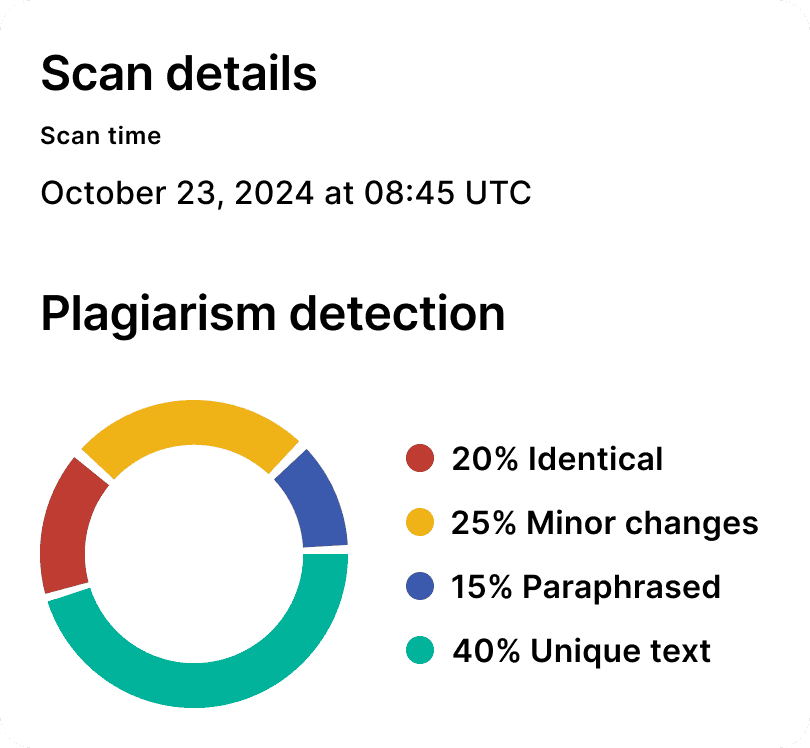
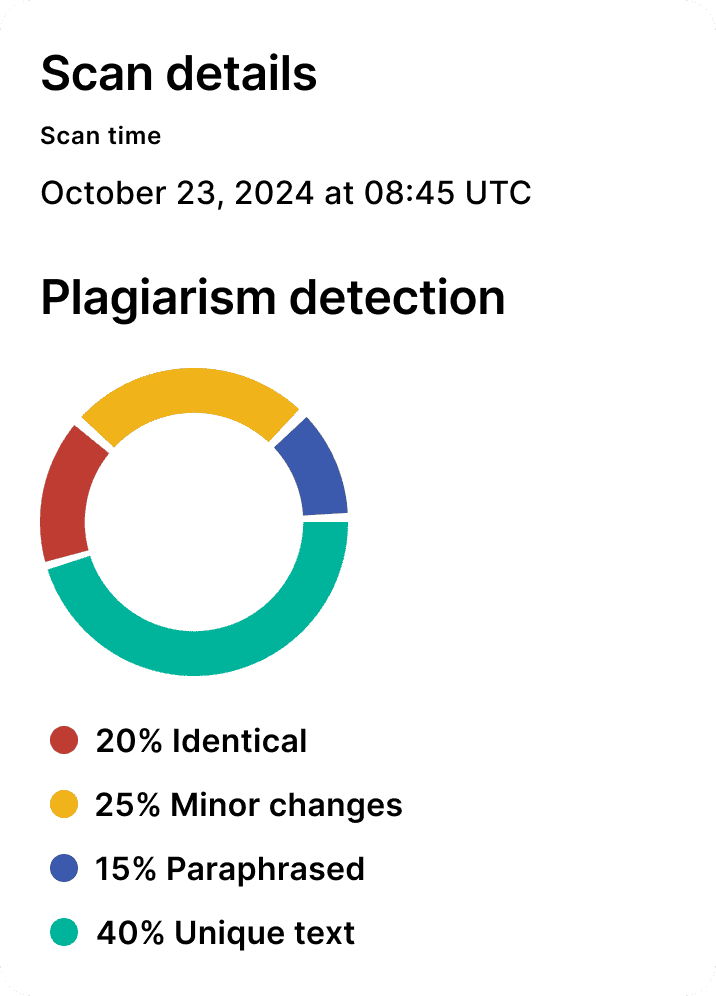
Comprehensive Plagiarism Checks
An AI code checker thoroughly scans large code repositories for plagiarism, making it essential for software projects and academic research. With an AI detector for code, developers and researchers can check if code is AI generated or copied from other sources. This tool ensures a deep, accurate plagiarism check, protecting the originality of the codebase.
